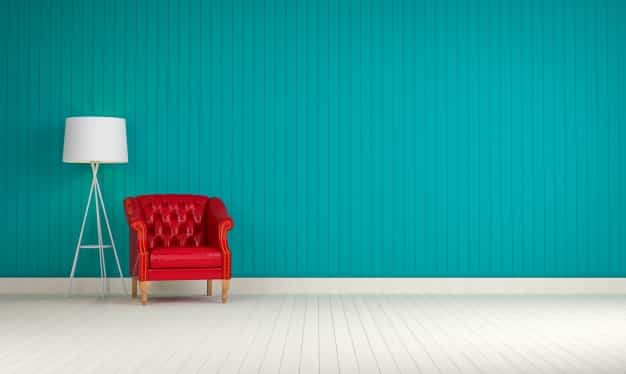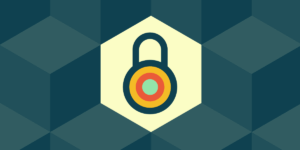Currently, privacy in the home has taken on a new dimension due to the interconnectedness offered by technology. Smart devices, ranging from voice assistants to security cameras, are becoming increasingly common in our living spaces. Faced with this reality, many homeowners are confronted with the dilemma of balancing technological functionality with the need to maintain their privacy.
Experts in interior design and security maintain that meticulous planning is essential to achieve this balance. The current trend reveals that consumers are seeking options that are not only visually appealing, but also ensure the protection of their personal information. Some brands are innovating by offering furniture that conceals surveillance devices, allowing for a more discreet and elegant way to monitor home security.
Decoration also plays an important role in creating environments that promote privacy. Elements such as heavy curtains, room dividers, and strategically placed plants can help limit visibility from the outside, while adding an aesthetic component to the spaces. Additionally, the choice of colors and textures can influence the perception of well-being within the home.
Despite the conveniences that technology provides, numerous consumers confess that they prefer to prioritize their privacy. A study has revealed that 70% of respondents consider it essential for their home design to allow them to disconnect from the digital world, while 50% feel uncomfortable in the presence of devices that can record or listen. This situation has led to an increase in demand for design solutions that prioritize privacy, such as windows with adhesive film that limit visibility from the outside, and sound systems that operate without requiring connectivity.
The response of the furniture and decoration industry to this growing privacy awareness has been remarkable. Lines of furniture specifically designed to conceal cables and devices are emerging, and noise-canceling technology is being integrated into various decorative alternatives, allowing homeowners to configure quieter and more shielded environments.
Experts warn that, while technological advances offer numerous conveniences, it is vital for homeowners to be proactive in considering their privacy. Steps such as reviewing the security settings of devices, using strong passwords, and understanding the connectivity of each device are essential to protect personal space.
In conclusion, the relationship between privacy and decoration reflects the evolution of our lives at home. As we navigate through this new landscape, it is crucial to find that balance that allows us to enjoy the benefits of technology without sacrificing the most valuable thing: privacy. Therefore, decoration transcends its aesthetic function to become a key tool in the search for a safe and welcoming home.
via: MiMub in Spanish










